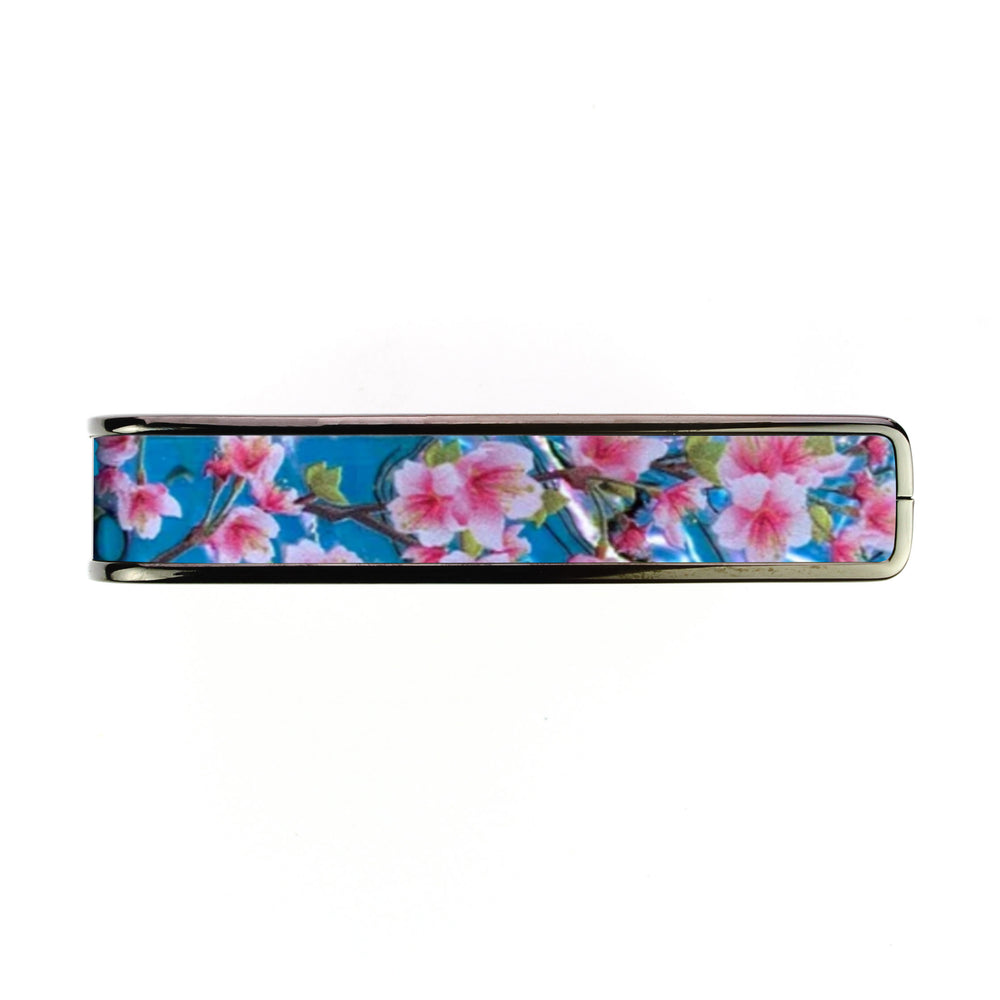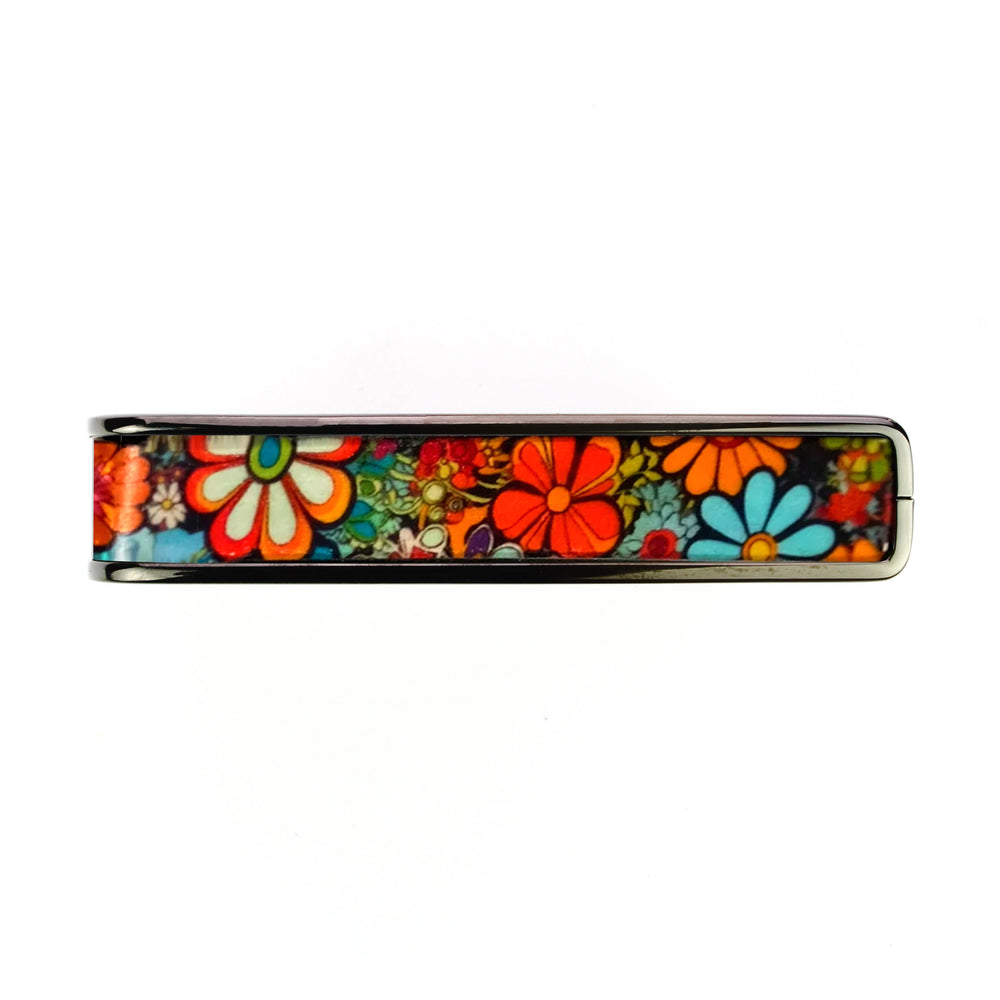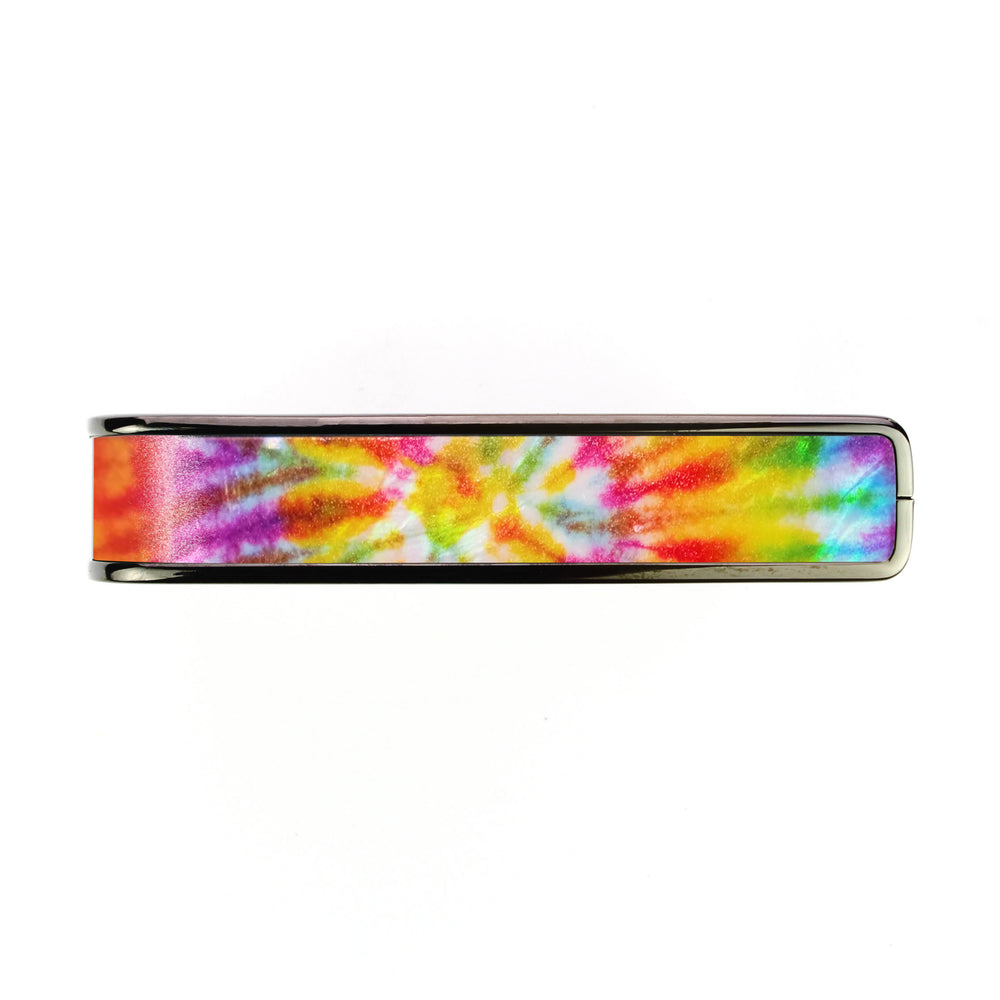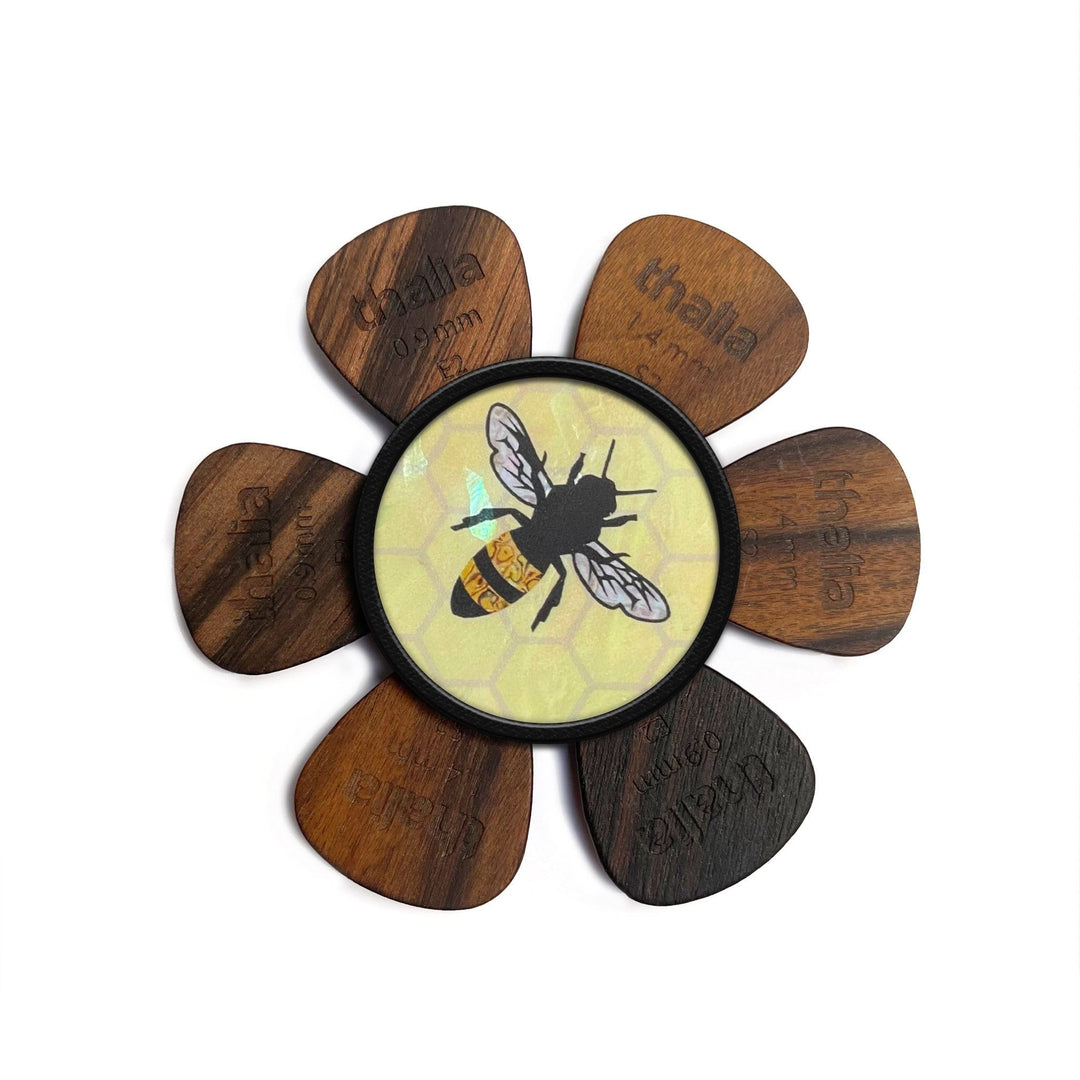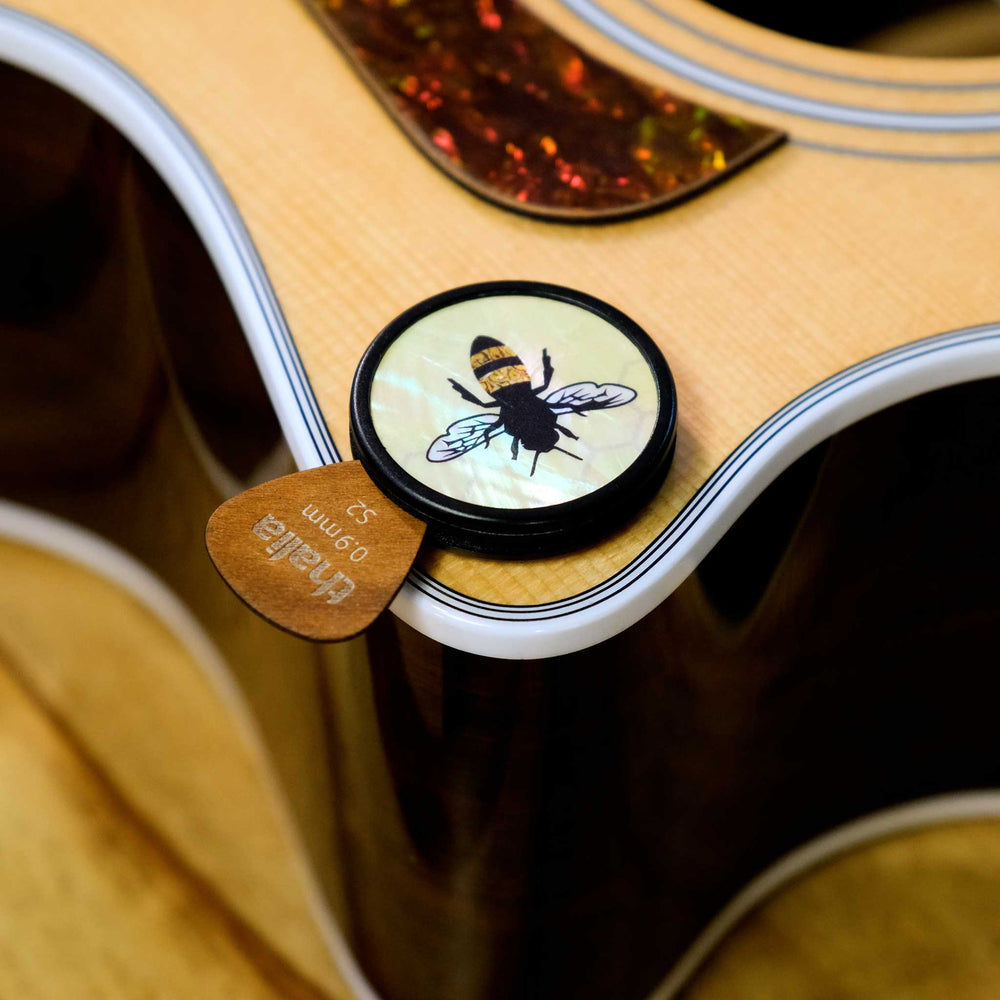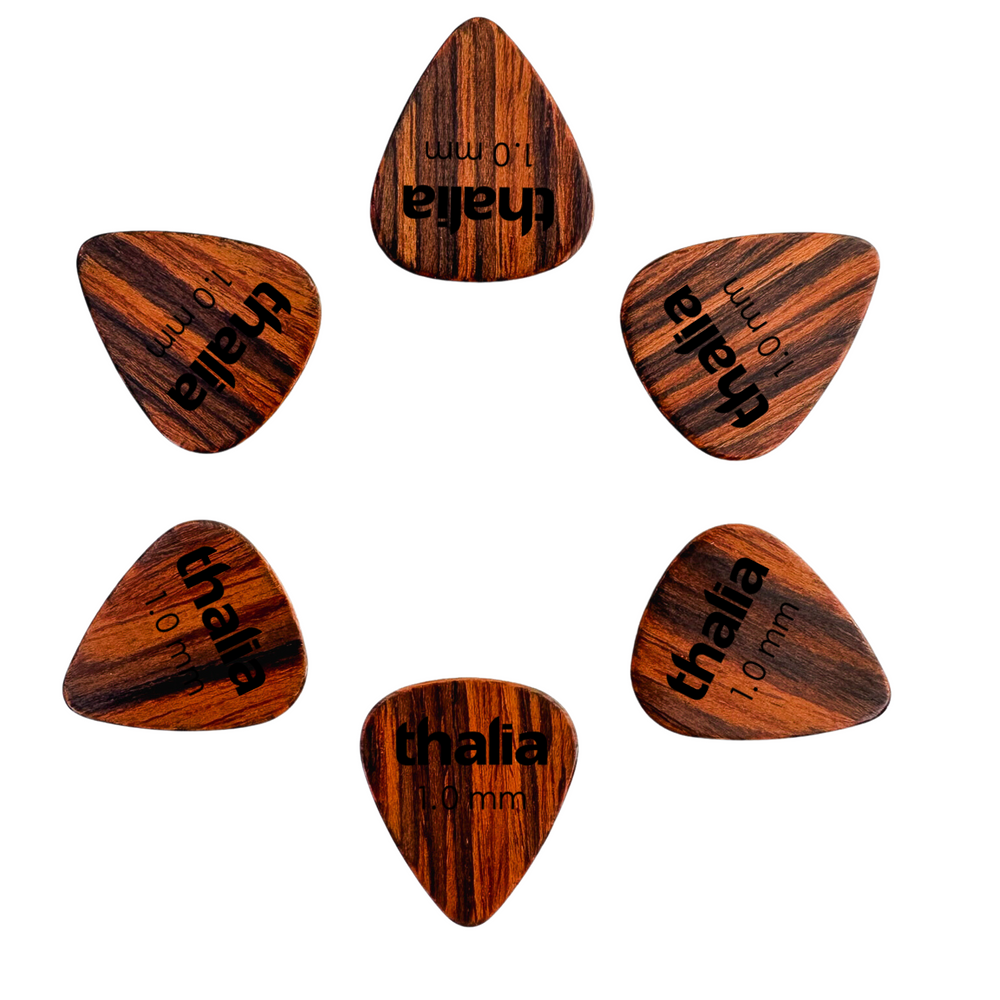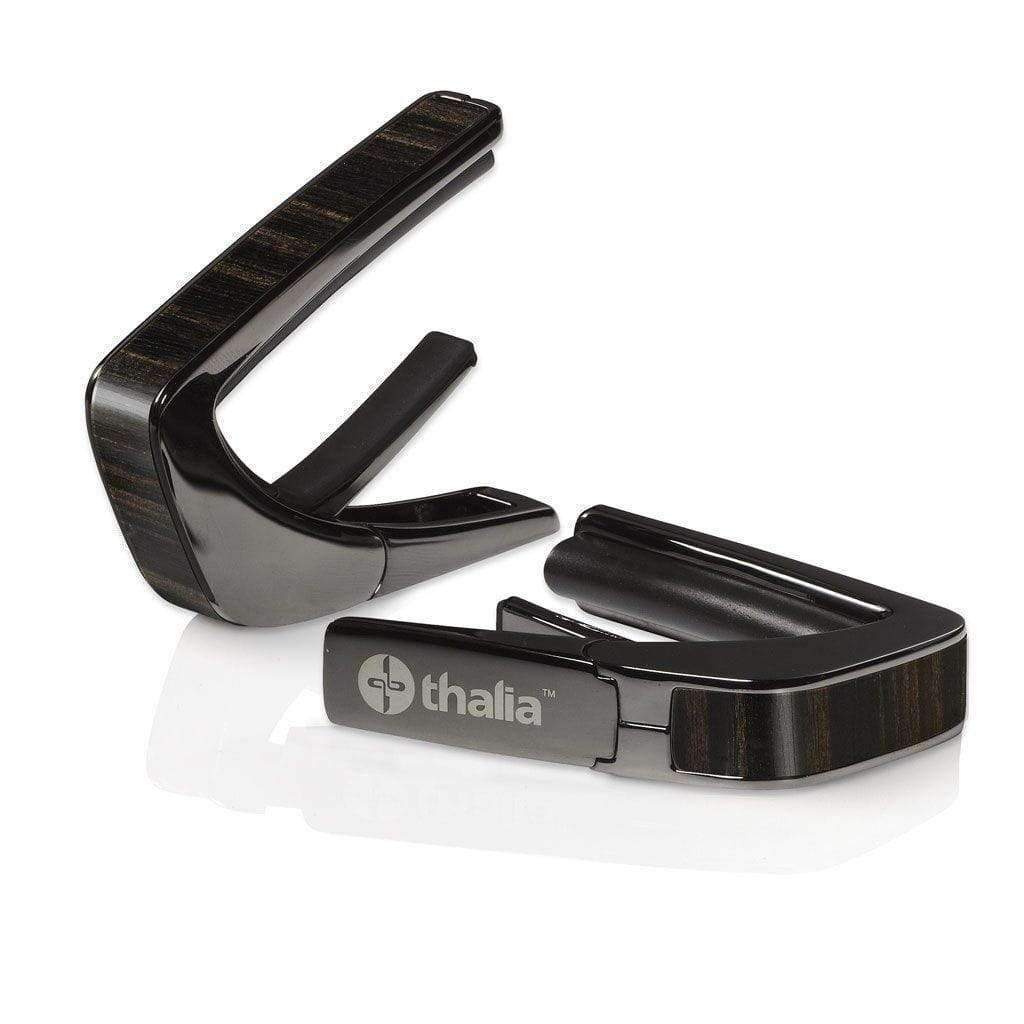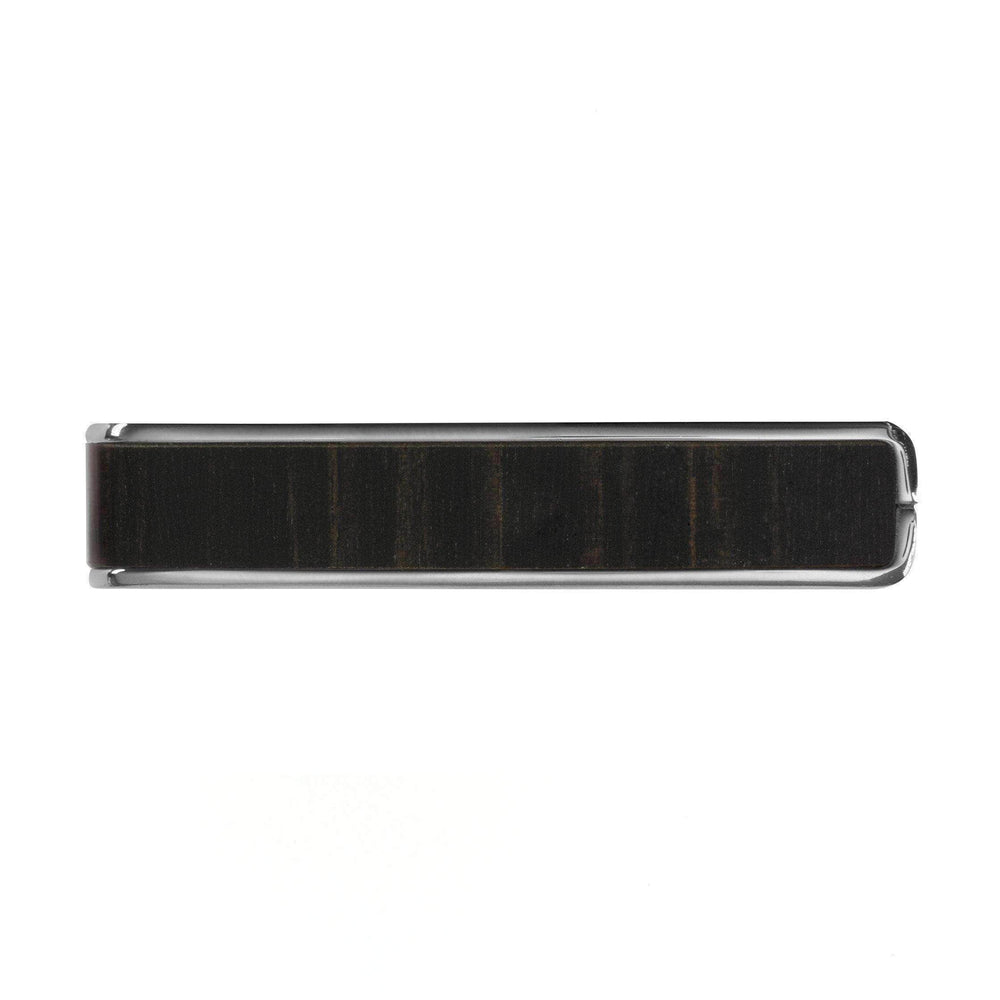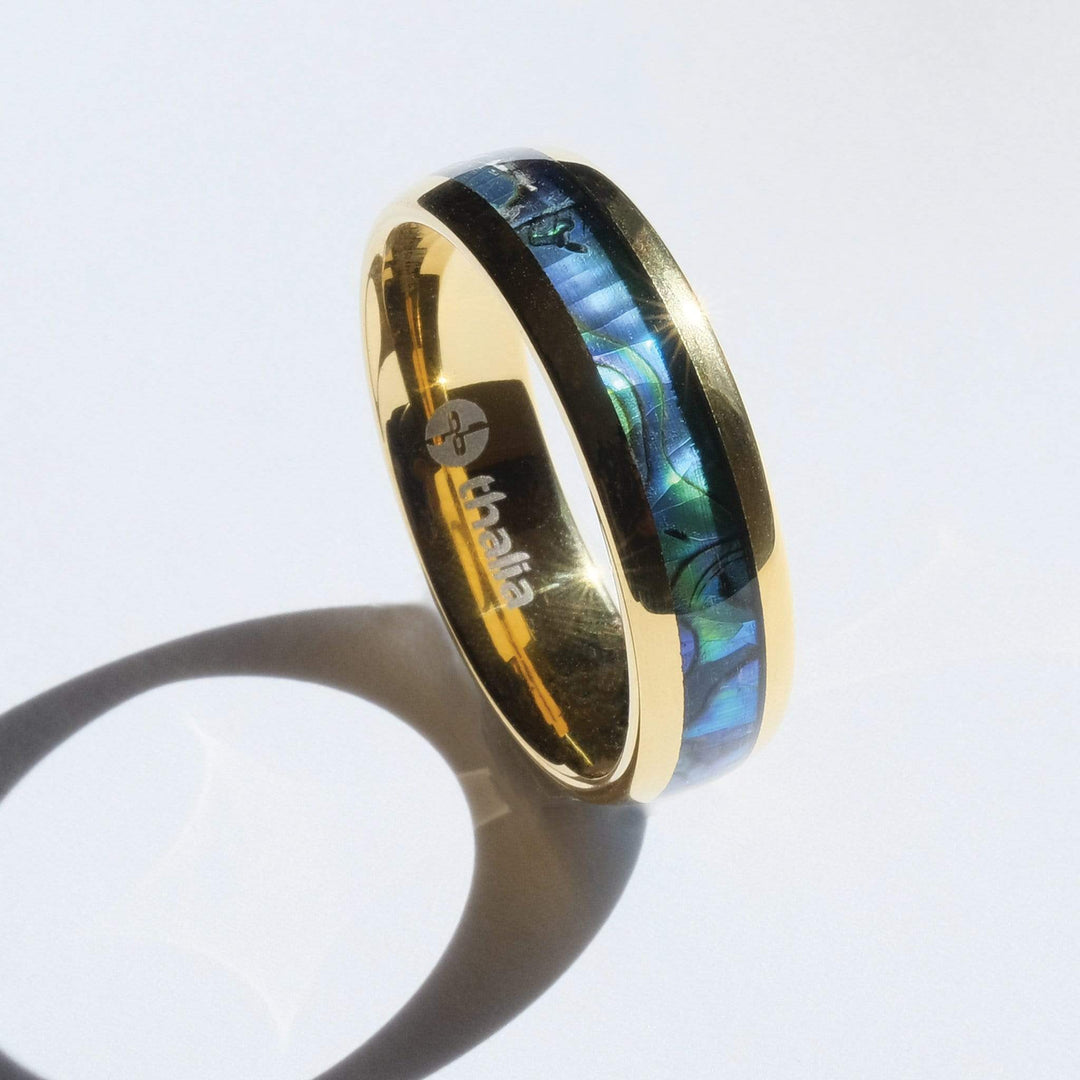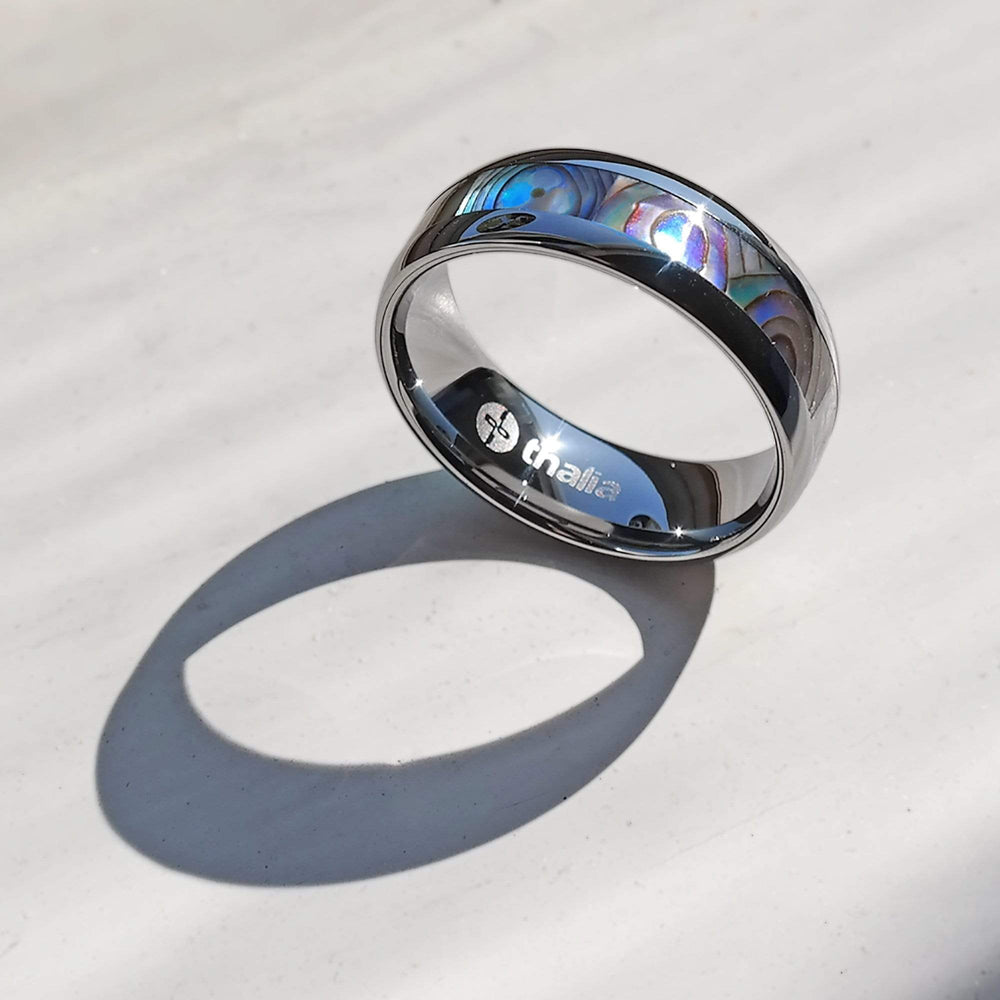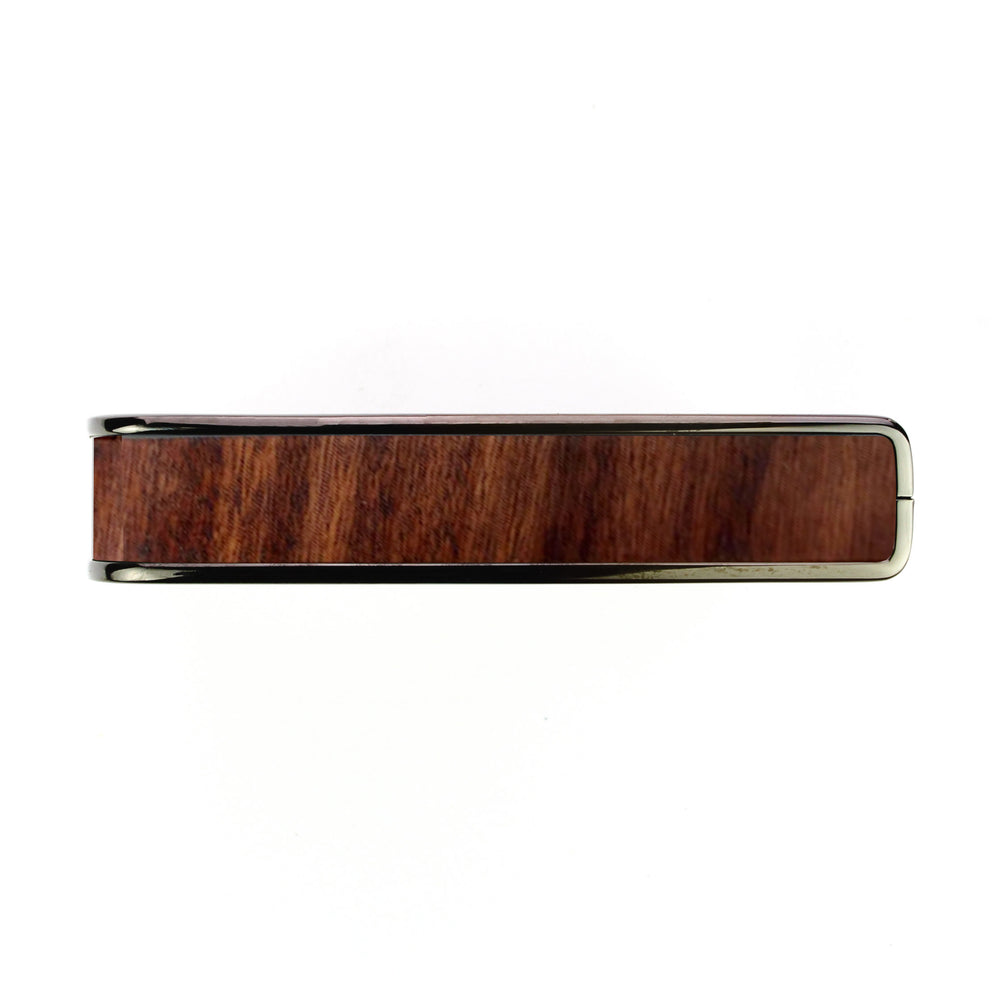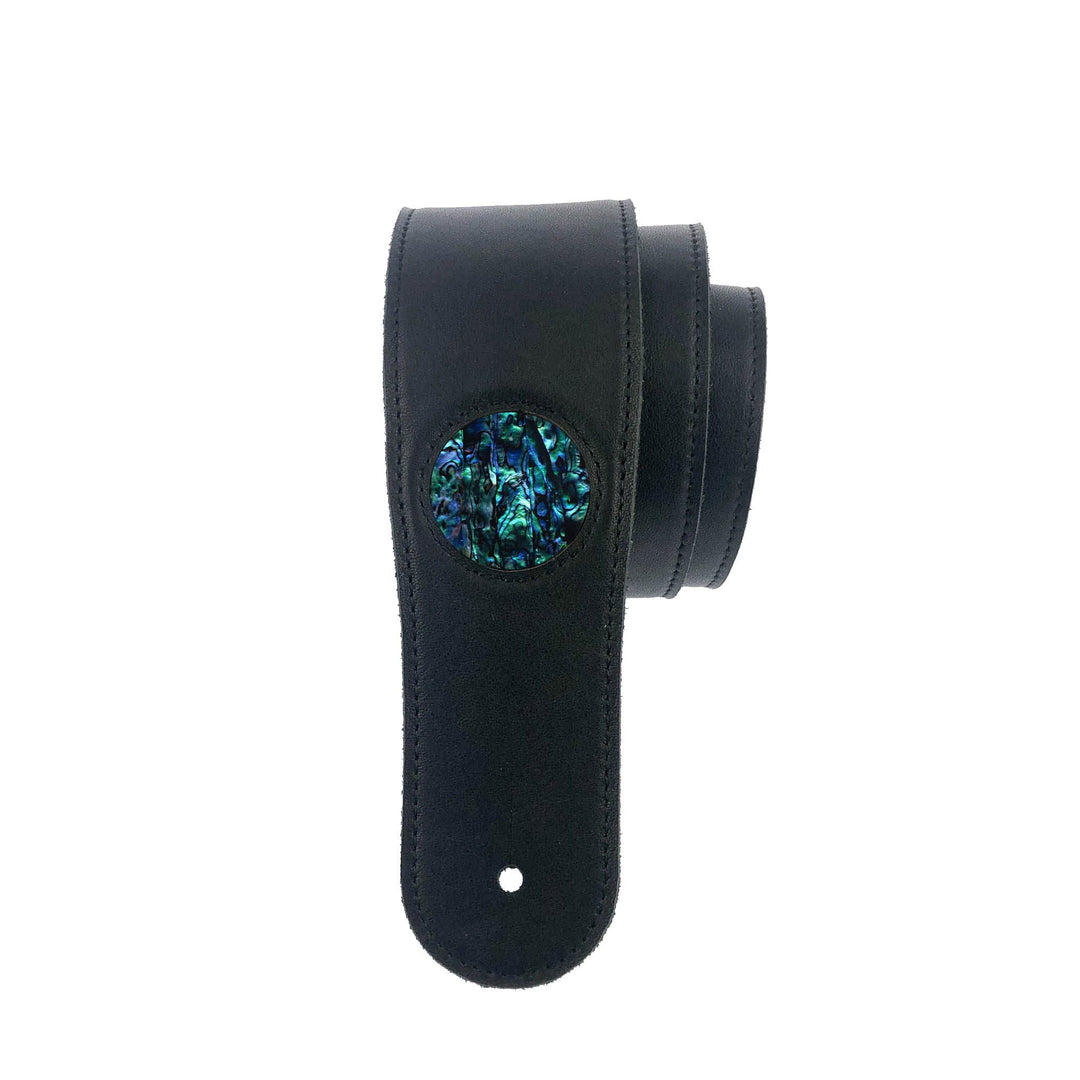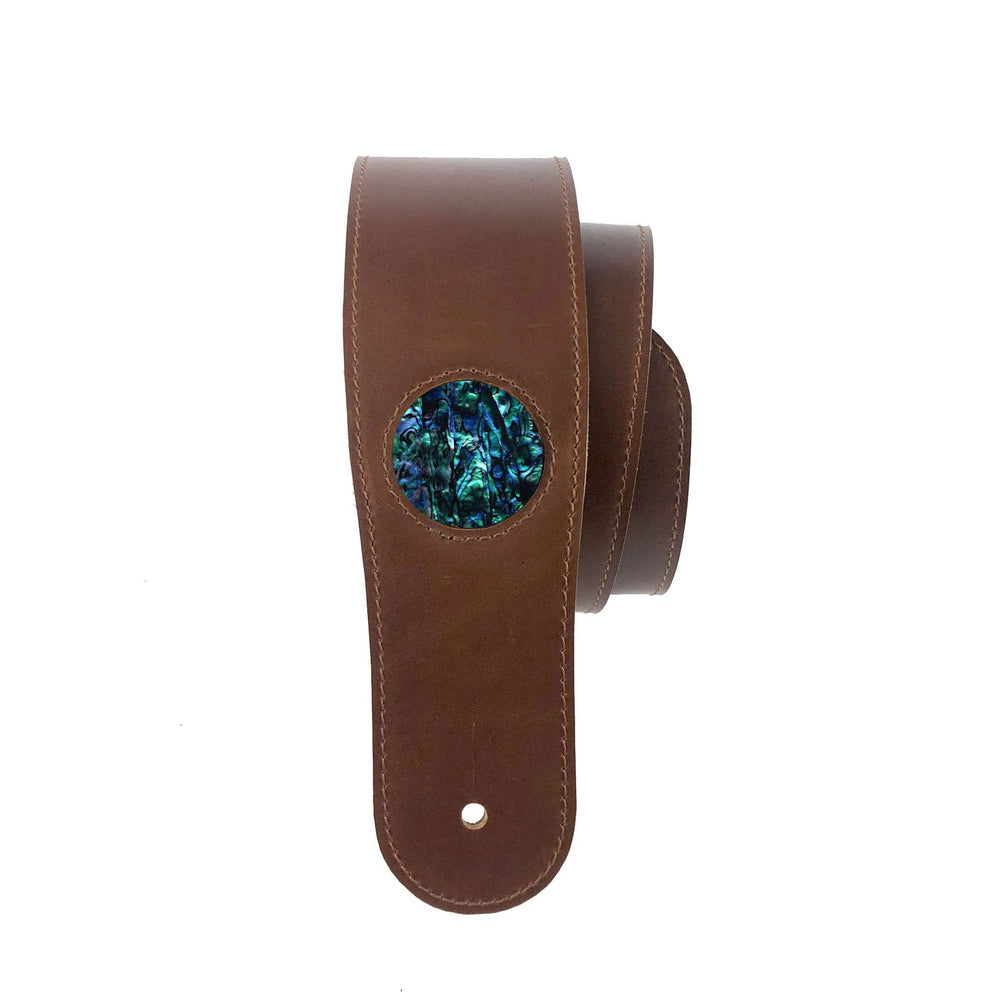The Story of Allman Brothers’ At Fillmore East
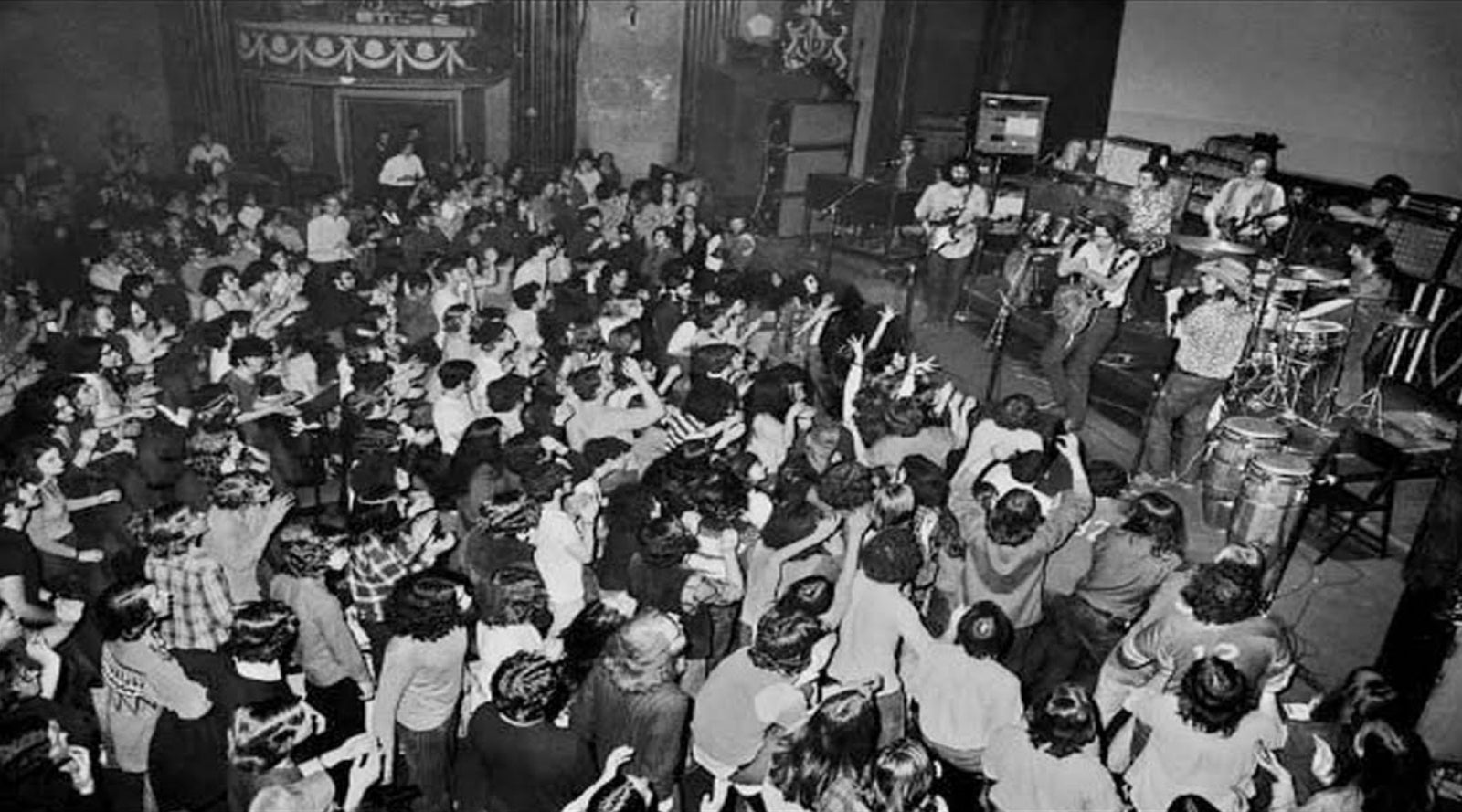
49 years ago, the Allman Brothers’ At Fillmore East was unleashed on the record buying public.
An instant classic, Fillmore East catapulted the Allman Brothers to stardom. More than that, though, it changed the way people thought about live recordings, setting a new standard in the process.
Today, we’re taking a look at the history of this landmark album.
Capturing “Natural Fire”
In 1970, the Allman Brothers released their second studio album, Idlewild South. Today, it’s regarded as a classic, but at the time, it didn’t exactly set the charts on fire. In fact, it was the second commercial dud in a row for the band, following their 1969 self-titled debut.
The Allmans’ recorded output went practically unnoticed. However, their reputation as a live act grew, thanks in no small part to their relentless touring schedule. In 1970 alone, the band played over 300 shows, honing their chops and building an underground following.
Given the band’s prowess as a live act, talk inevitably turned to capturing the band in concert for a future release. As Duane Allman told DJ Ed Shane that year:
"You know, we get kind of frustrated doing the [studio] records, and I think, consequently, our next album will be ... a live recording, to get some of that natural fire on it."
Greg Allman later recalled that:
"We were not intentionally trying to buck the system, but keeping each song down to 3:14 just didn't work for us and we realized that the audience was a big part of what we did, which couldn't be duplicated in a studio. A lightbulb finally went off; we needed to make a live album.”
A “Real” Live Album
Once the decision to record a live album was made, the next question was where to record it. The Fillmore East was a natural choice. The Allmans knew the venue; they’d first played it in ’69, opening for Blood, Sweat & Tears and their February ’70 shows supporting the Grateful Dead there were crucial to growing their audience. So, producer Tom Dowd (who’d worked on Idlewild South) was mobilized to capture three performances at the venue, scheduled for March 1971.
While “overdubbing” and correcting mistakes was commonplace on live albums by the early 1970s, the Allmans were adamant to avoid fixes. After each show, they would head over to Atlantic Studios in Manhattan, listen back to that night’s tapes and decide which tracks worked and which they could do better. Then, they’d craft the following night’s setlist around the weaker material to get better takes. As Gregg Allman recalled:
"We wanted to give ourselves plenty of times to do it because we didn't want to go back and overdub anything, because then it wouldn't have been a real live album."
Preserving the Jams
By summer 1971, At Fillmore East was ready to release. However, the proposed length of the album was a sticking point for Atlantic Records. The Allmans wanted to release a double disc set that retained the continuity of the concerts. The label disagreed. Double live albums weren’t the norm in 1971. The big live hits of 1970 - The Stones’ Get Yer Ya Yas Out and The Who’s Live at Leeds – were single disc. Atlantic’s Jerry Wexler pushed back on the 80-minute run time, telling the band that it was "ridiculous to preserve all these jams." But, the group were steadfast in their belief. Manager Phil Walden made the case that the Allmans weren’t a studio band, and that live performances – including the moments of improvisation – were their strongest suit. The label eventually acquiesced and At Fillmore East came out in July ‘71 as a double disc set, reduced to the cost of a single LP.
Walden’s belief in the Allman Brothers as a “live” band was well placed, and At Fillmore East sold better than any of the band’s previous records. Unlike their other albums, which took months to chart, the live offering was climbing Billboard within a matter of days. It peaked at number 13 on the Top Pop Albums chart and was certified Gold by the RIAA in October. It was the group’s artistic and commercial breakthrough, gaining them legions of loyal new fans in the process.
At Fillmore East didn’t just establish the Allman Brothers as a force to be reckoned with; it changed the way the record industry thought about live rock albums. Double disc records were a viable format, and the kids wanted to hear all those “ridiculous” jams that Jerry Wexler thought it silly to preserve. In the years that followed, the likes of Deep Purple, KISS, Thin Lizzy and Peter Frampton would score live albums of their own, all of which spanned four sides of vinyl and all of which were commercial megahits.



